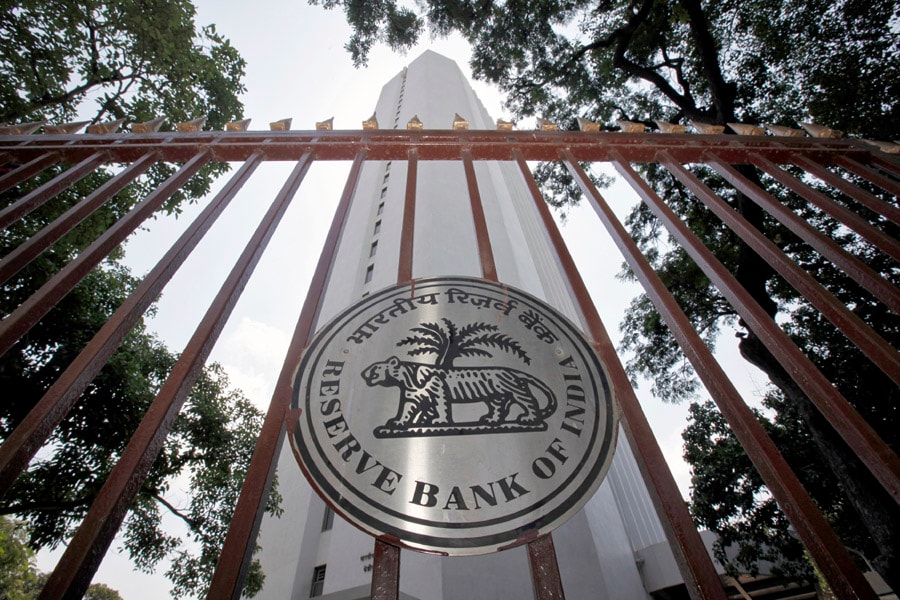
NPA Ordinance: Bankers cheer but there are unanswered questions
Crucial that RBI does not start to micromanage situations

India’s government has granted more teeth to the Reserve Bank of India (RBI) to deal with the stubborn problem of stressed assets which plague banks across India. India’s finance minister Arun Jaitley on Friday announced the passing of an ordinance amending the Banking Regulation Act, 1949, which empowers it with more powers to push banks to take action relating to stressed assets.
India’s stressed loans figure is substantial, estimated at Rs 9.64 lakh crore as on December 31, 2016. Some of India’s top bankers have lauded the ordinance, which indicates the government’s firm commitment to find a satisfactory solution to the NPA problem.
But will this move help banks get closer to a resolution for their problems? And what is likely to happen next?
The government has introduced two new sections, 35AA through which the RBI can direct banks to resolve specific stressed assets by initiating insolvency resolution process, where required. Another section 35AB, empowered it to issue other directions for resolution, and appoint or approve for appointment, authorities or committees to advise banking companies for stressed asset resolution
.“This action of the Union Government will have a direct impact on effective resolution of stressed assets, particularly in consortium or multiple banking arrangements, as the RBI will be empowered to intervene in specific cases of resolution of non-performing assets, to bring them to a definite conclusion,” the official notification has said.
So what has changed now? Not much really. This ordinance has to read as a “complimentary piece” to the Insolvency and Bankruptcy Code (IBC), 2016, which aims to consolidate the process for a time-bound resolution, in case of a default.















